Think summer is time to sit back and relax? Not if you’re building an underwater robot, measuring ocean salinity, or testing a wind turbine! Across the country, students and teachers kept their minds sharp in the lab and the great outdoors with NOAA educational opportunities. Here’s a look back at summer 2017 with NOAA.
Building an underwater robot
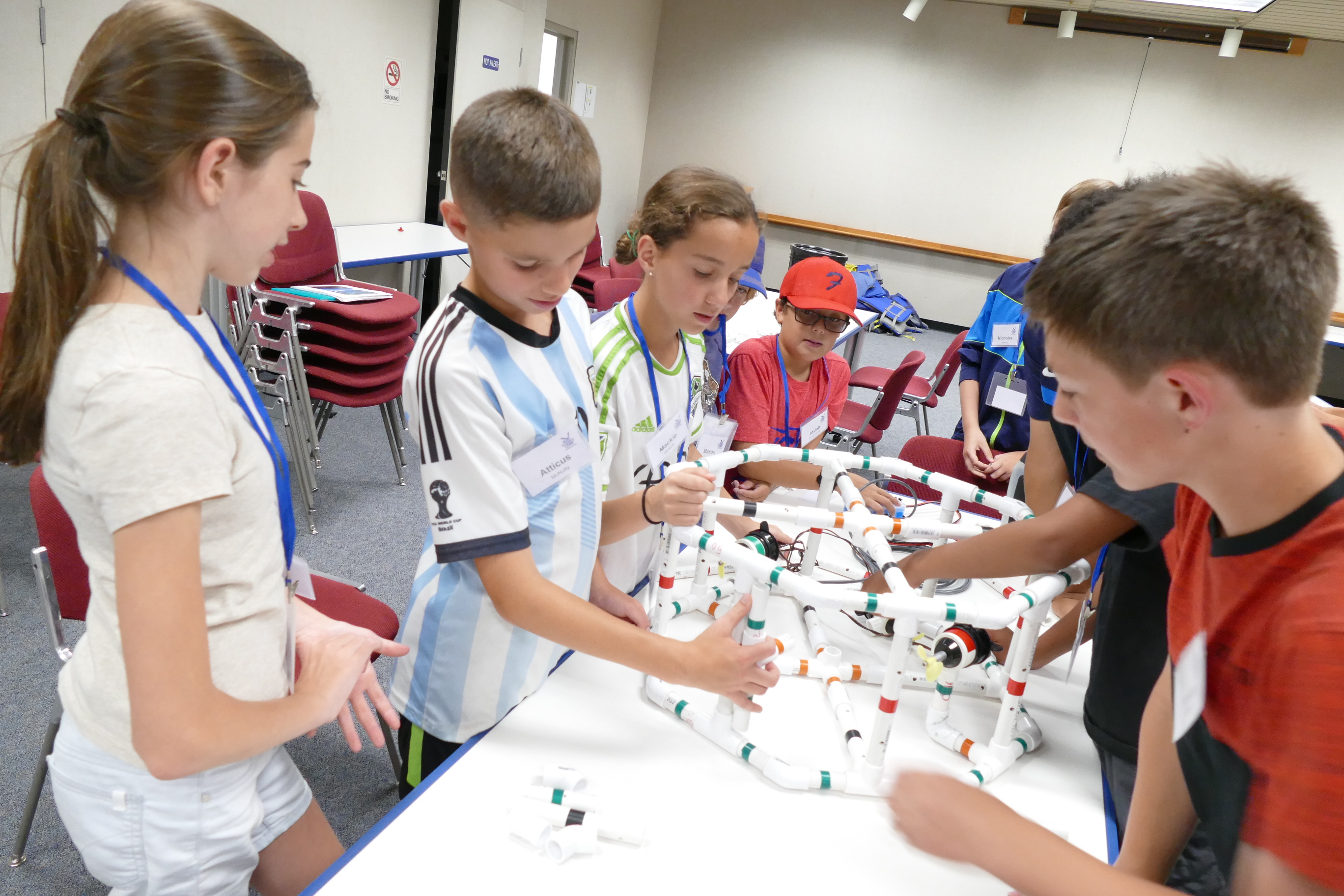
A first step to STEM
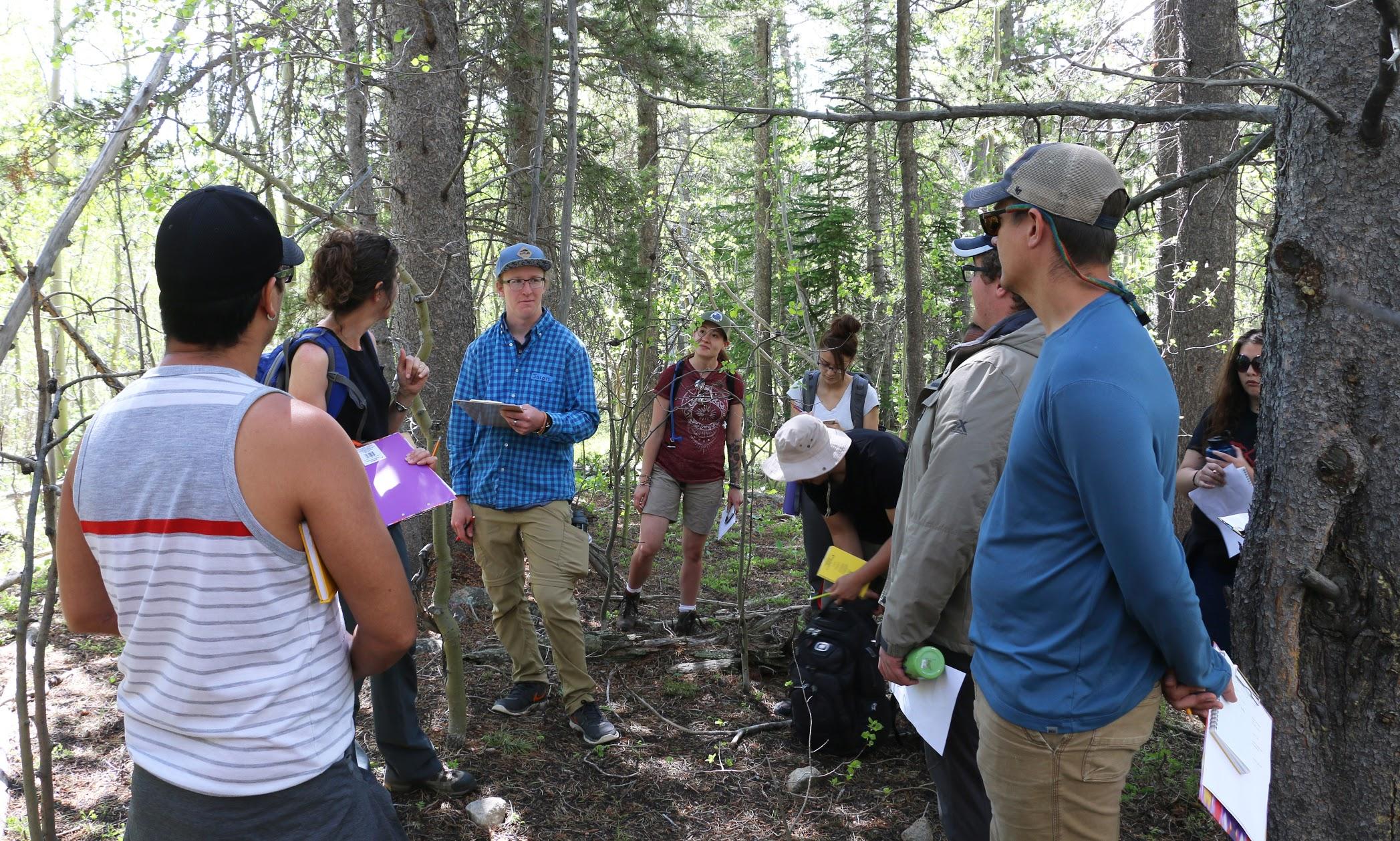
A teacher takes the ocean’s temperature
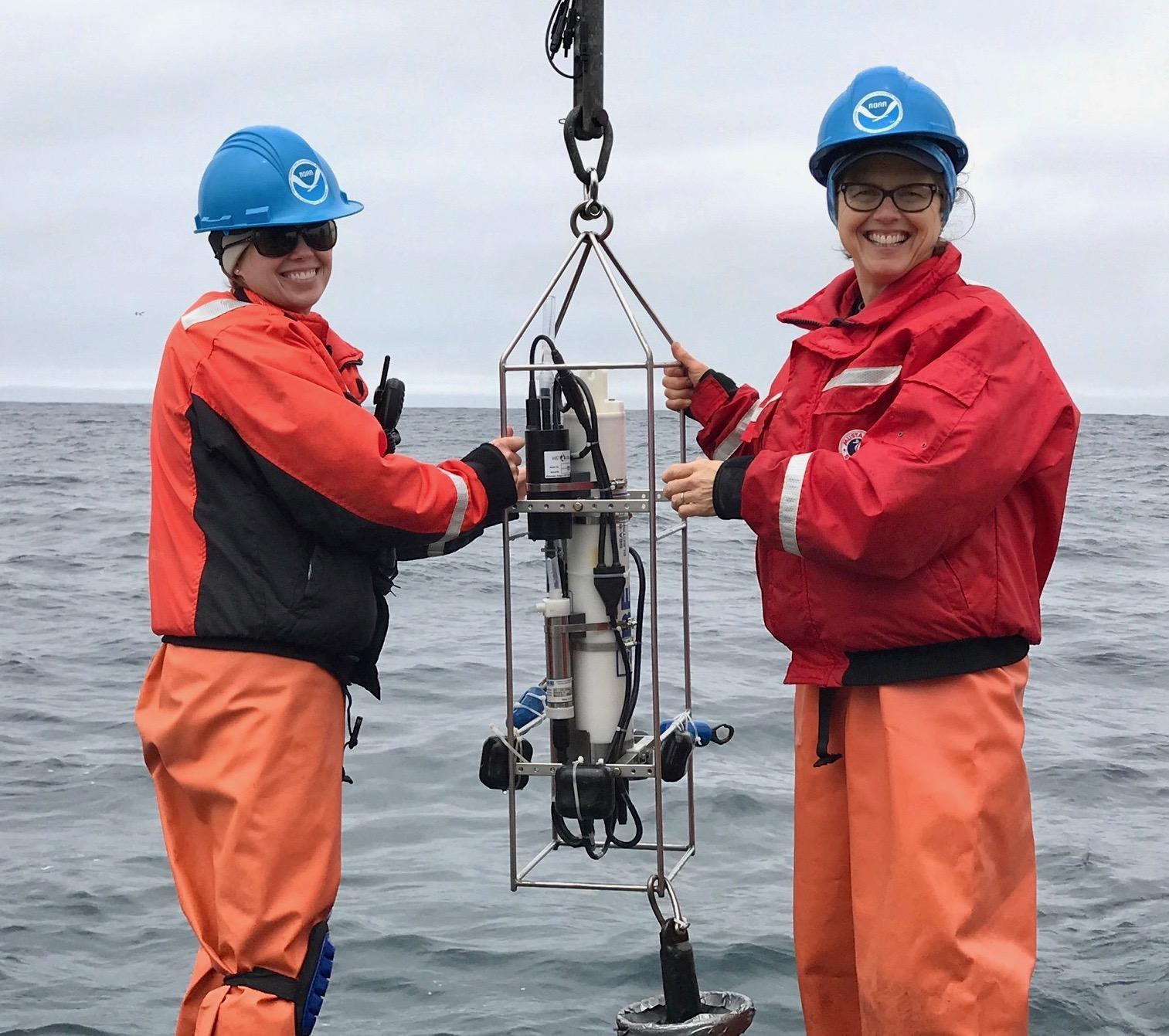
Using film to tell a climate change story
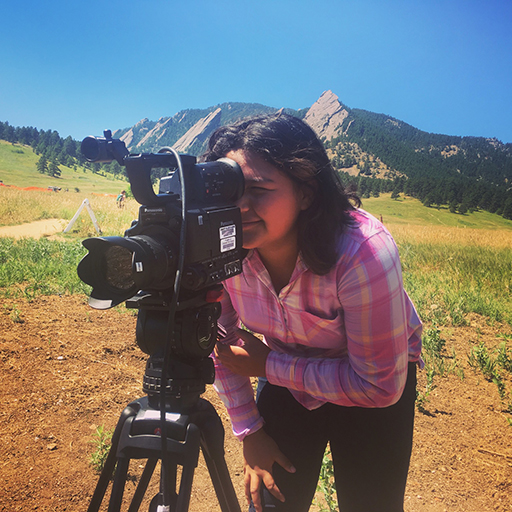
Wind powered summer science
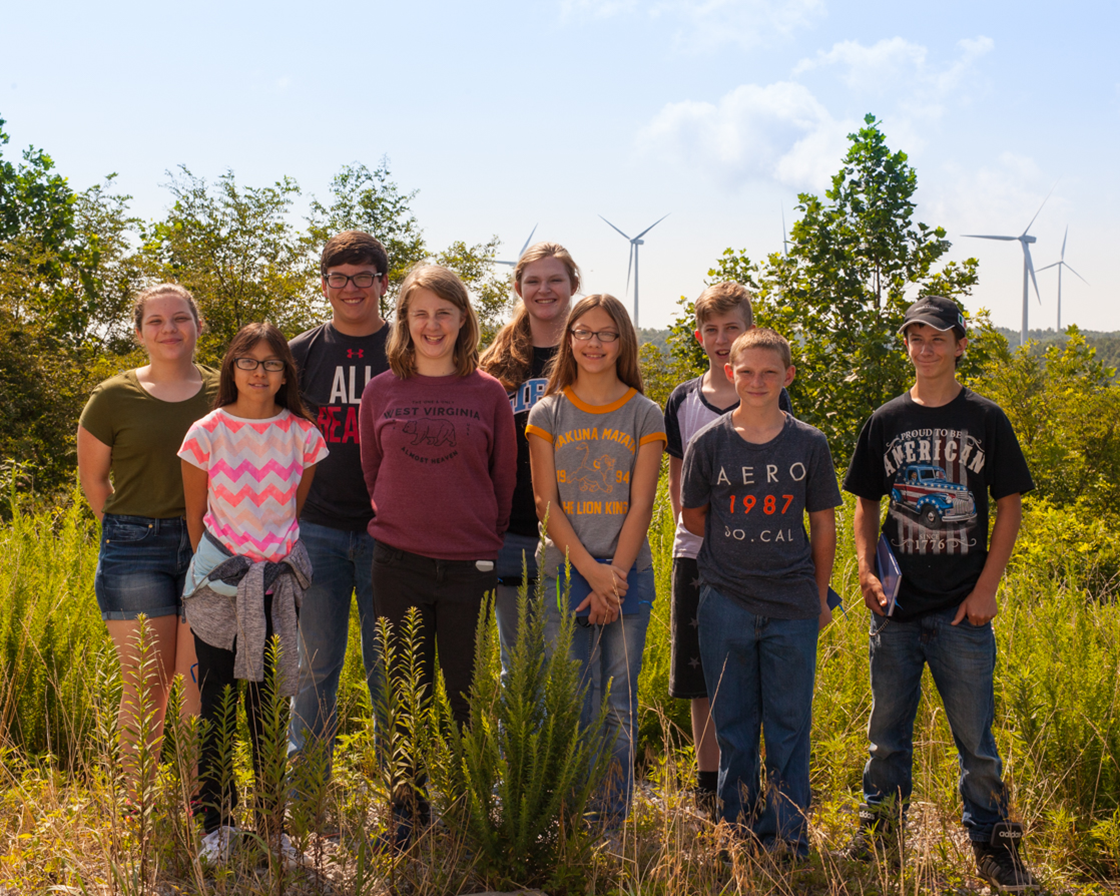
Inflatable fish teach community about endangered species
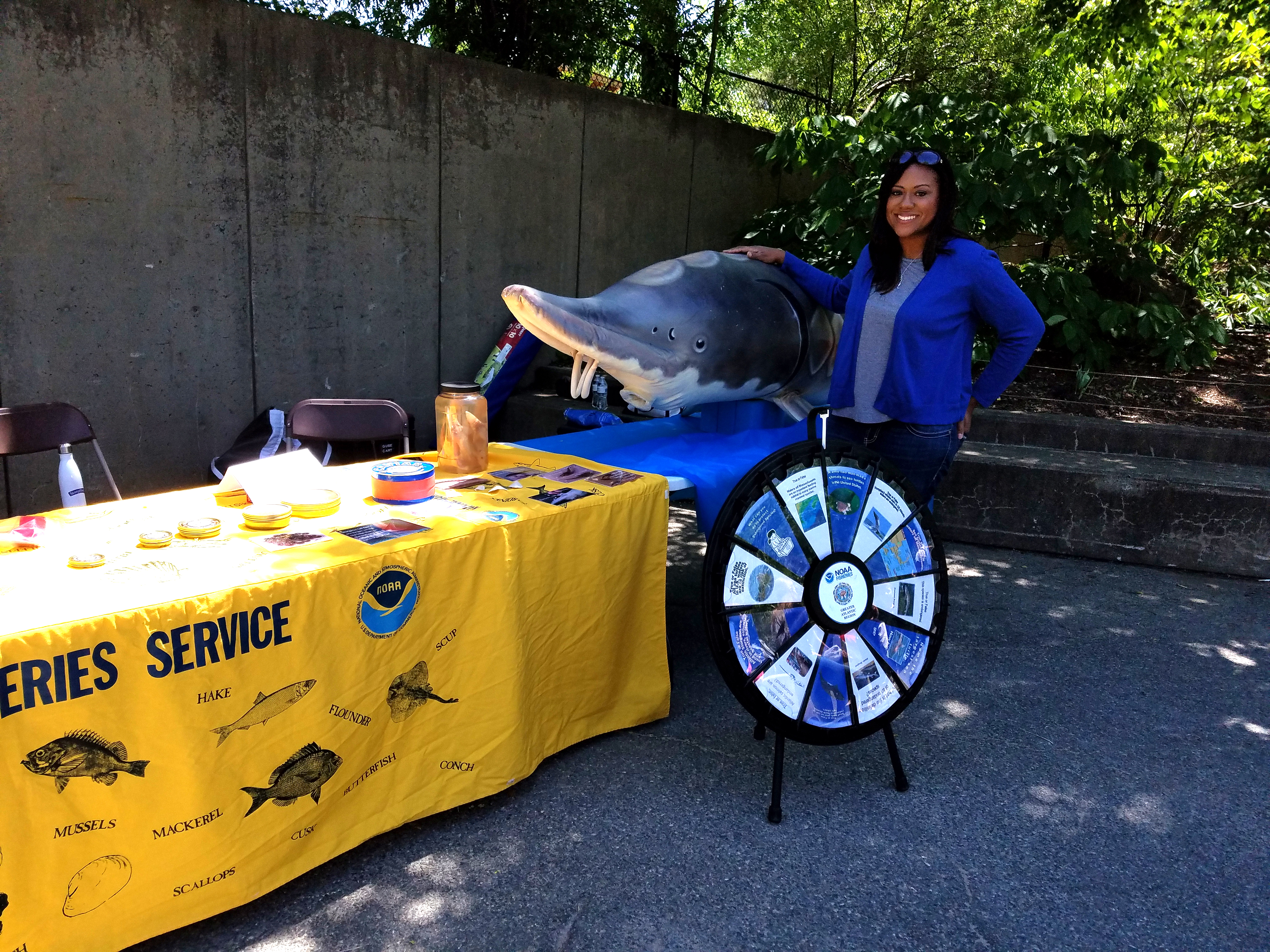
What’s in the water?
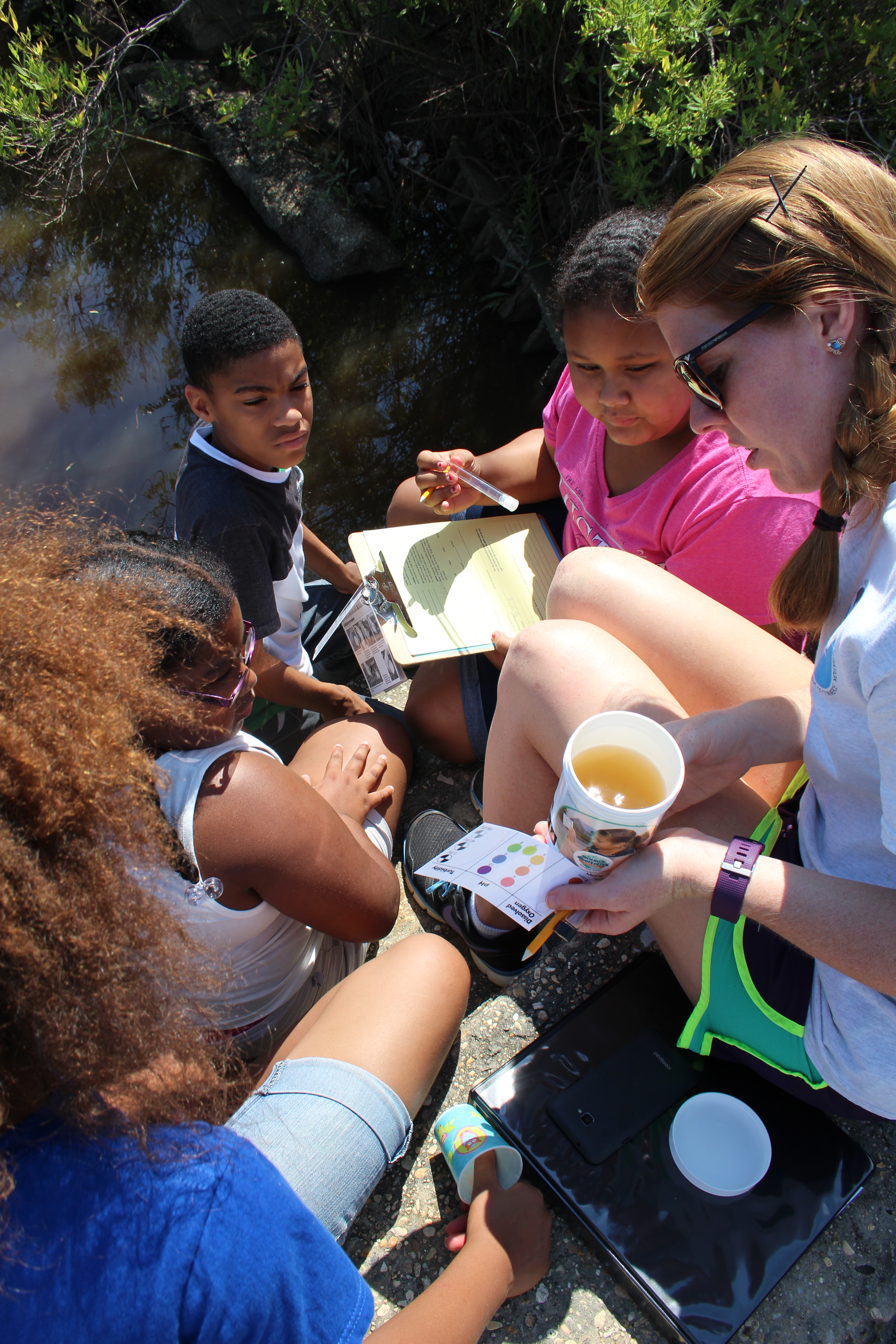
Looking beneath the surface

Sampling the seafloor
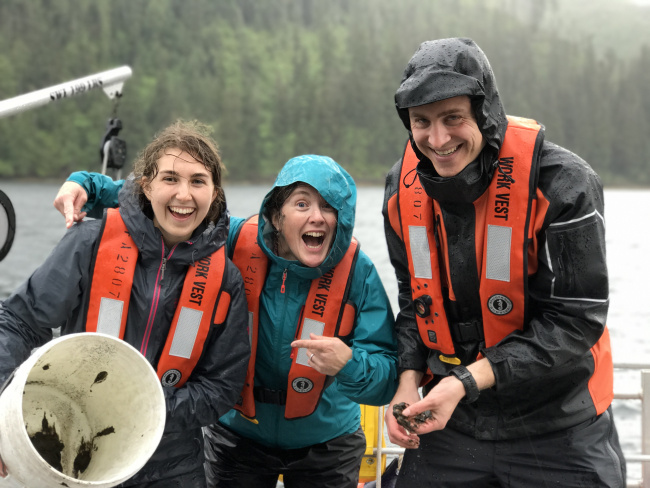
Studying lake effect snow during a summer internship
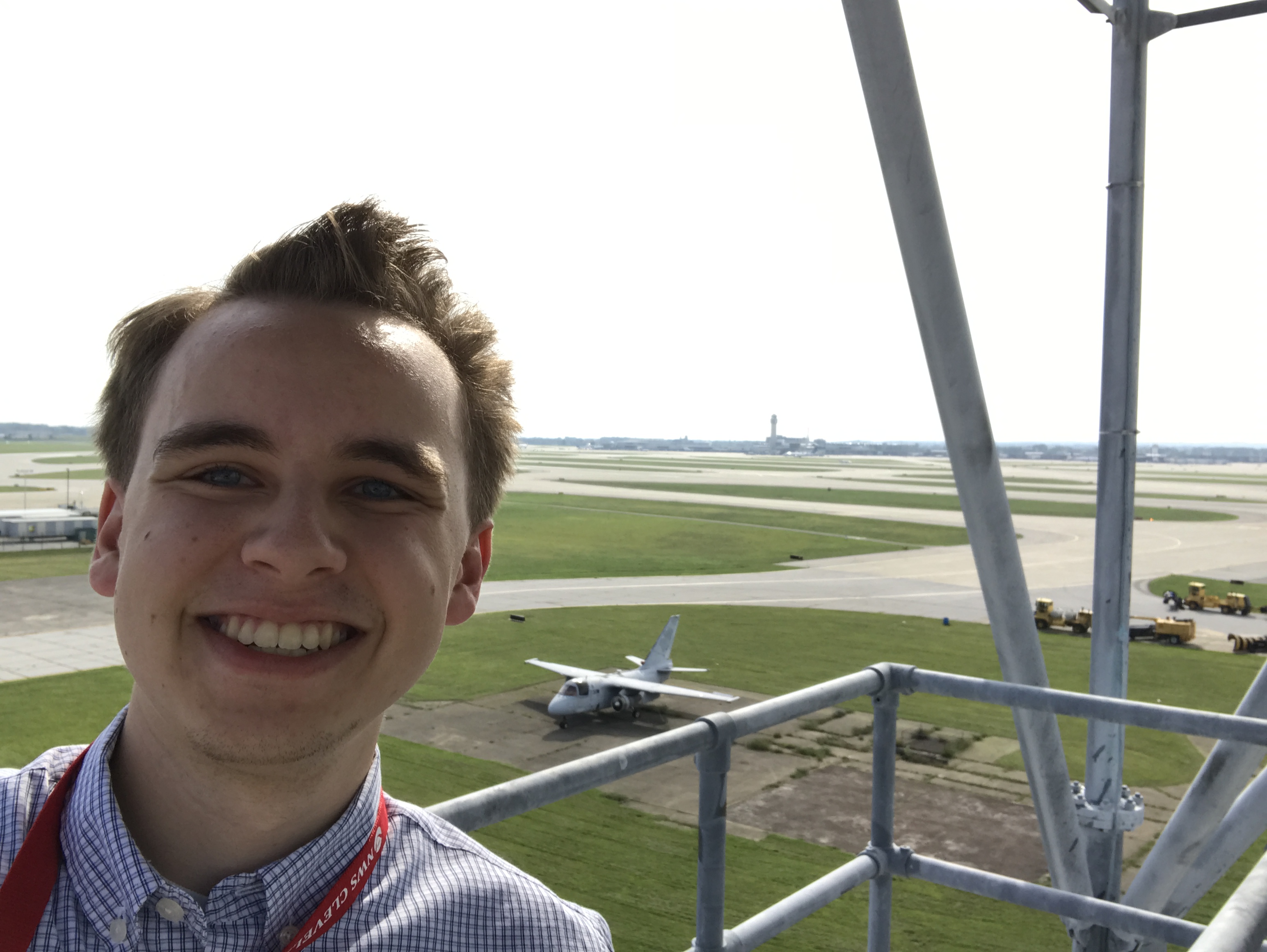
Looking for more ways to connect with NOAA Education? You don't have to wait until next summer. We offer educational opportunities for teachers and students throughout the year.

